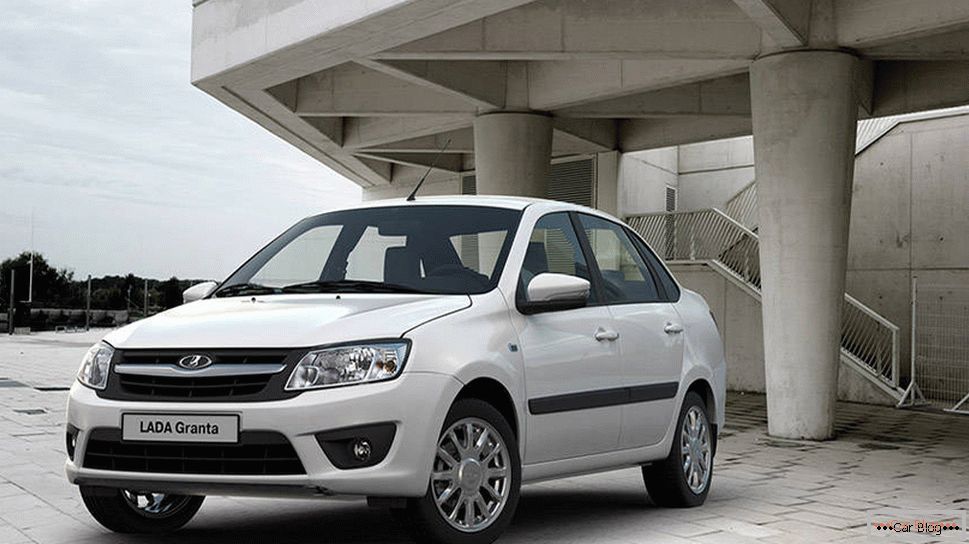A car interior trimmed with leather is a sign of an expensive, richly equipped car. It is good if the car is standing at night in a warm garage, or the leather seats are heated. If the car with leather seats spent the night in the cold, the seat turns into a frozen block. And we were taught in childhood that it was impossible to sit on a cold stone or a seat.
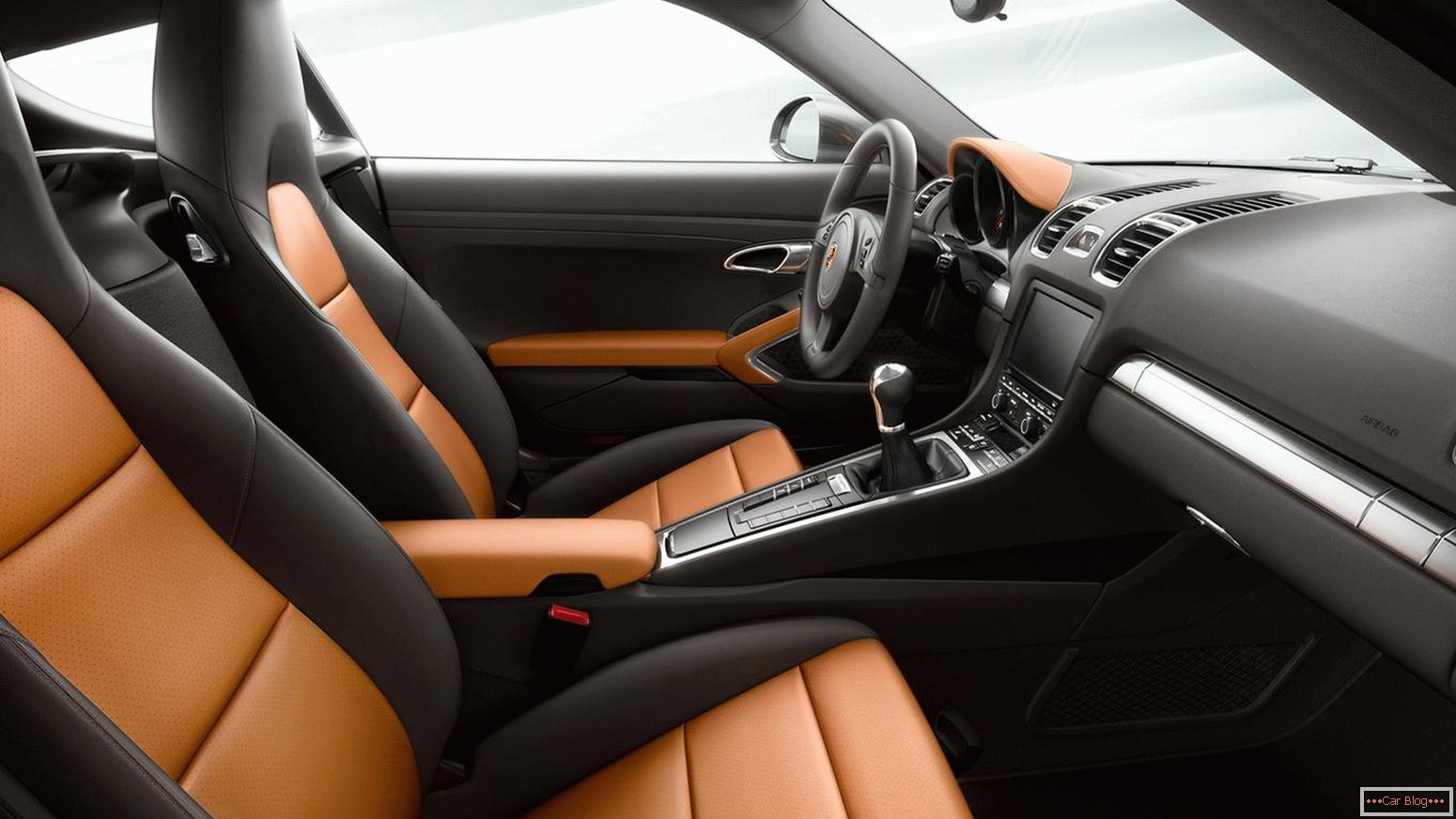
Comparison of different types of fabric in the car
In this case, it remains only to rejoice that the seat is not leather, but upholstered in fabric. Modesty choice and limited means are preferable. With equal climatic conditions, fabric chairs warm up faster, and emotionally perceived as warmer. Thus, the fabric upholstery is more advantageous in winter.
There is one more circumstance in favor of fabric upholstery. The skin (especially American-made) has a poor adhesion to the body of a person dressed in the most ordinary clothes, and when braking (and in the absence of lateral support and at the corners) you will be dragged forward or sideways. At the same time the fabric, especially textured, perfectly keep you. I would prefer a cloth on the basis of ease of sitting. And you? Although after warming up the cabin and when driving in a straight line the difference between the skin and the fabric you will not feel.
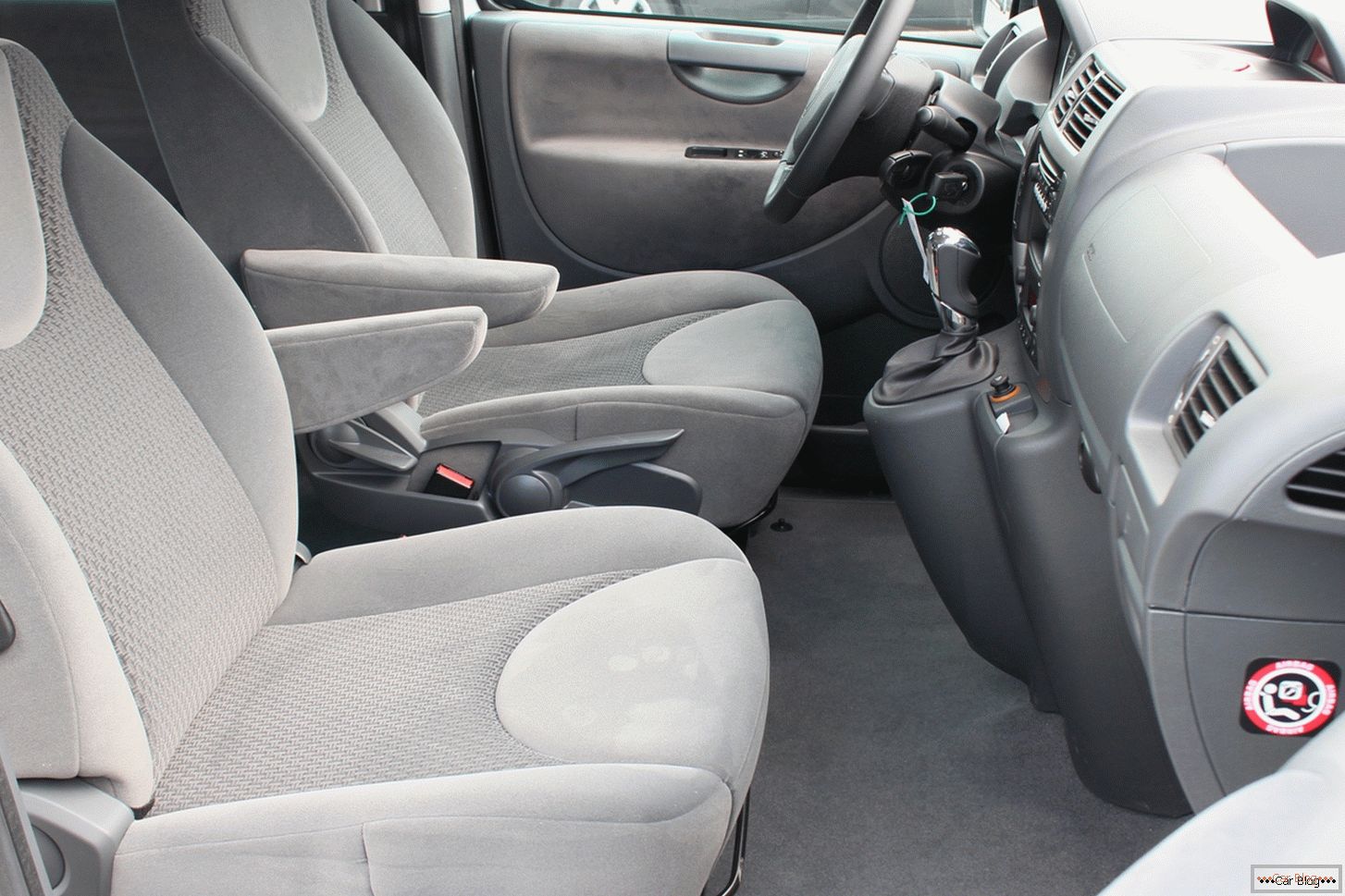
There may be trouble along the way.
Breakfast or snack in the car directly threatens the seats. You do, like everyone else, take a thermos with a hot drink and sandwiches on a long journey? This frees you from having to look for food service points or resort to the services of cafeterias at gas stations. With leather upholstery, spilled coffee is easily removed with a napkin, while the fabric is soaked with liquid, and it is not a fact that it will not change its color after drying the spilled one.
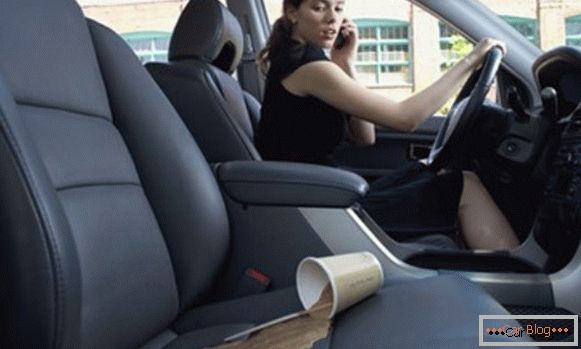
Although with the expectation of such a case, various protective preparations are provided for impregnating fabrics that deprive them of their ability to absorb liquids. Such anti-hygroscopic impregnation is strongly recommended to anyone operating a car with fabric seats. But there are worse situations. In the cabin can vomit a child, and an adult is not immune from such troubles. It is not easy to corrode a nauseous smell out of the car;
See also: Nokian tires - a guarantee of a safe ride on any roadAlso, in winter, when opening the cabin doors, snow may get on the seat. You can shake it off the leather seat, but with a fabric seat, the snow can clog in the pores and then melt. Sitting on the wet is very unpleasant.

Even worse, the fabric upholstery behaves when transported in the cabin of domestic animals. Cat's or dog's wool blends well with the fabric, and it is almost impossible to remove it, especially long one, with a vacuum cleaner. Automotive chemistry, preventing the penetration of wool into the fabric, has not yet been created. Clean the seat will have a damp cloth, rolling wool into lumps and collecting them by hand.
Fabric seats well absorb dust, and can be a source of allergic manifestations. If you smoke yourself or allow passengers to smoke in the cabin, the fabric will inevitably absorb tobacco smell. Hence the conclusion: more suitable leather seats. Yes, and cigarette ashes from the skin burns harder, unlike synthetic fabric. So, we conclude: on the basis of the principles of hygiene and for the sake of ease of cleaning, leather seats are preferable.
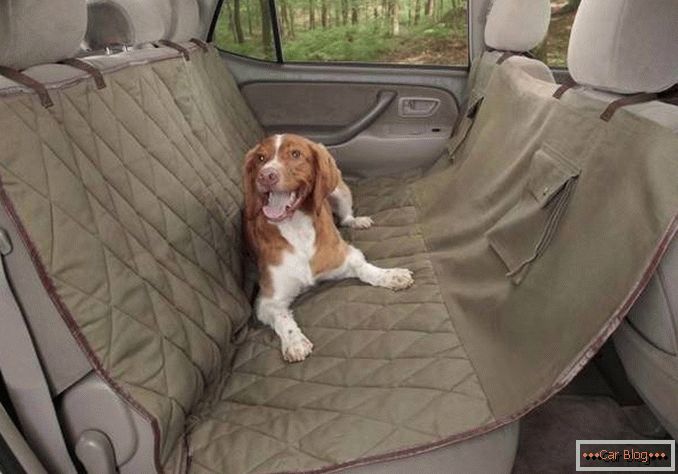
Aesthetics of Perception
The skin looks very respectable, but the fabric looks sportier. But nothing lasts forever. Over time, any upholstery deteriorates, such is the fate of both leather and fabric seats. Finally, the material can simply be mechanically damaged. Restoration of leather upholstery will cost more than tissue restoration, for renewal of which new technologies are applied, which allow “renewing” fabric. When repairing leather upholstery, it is possible that some elements of the upholstery will have to be replaced completely.
See also: Replacing the propeller shaft on the BMW 3 do it yourself
The leather seats have another drawback - airtightness. The disadvantage is eliminated using perforated skin and forced air circulation. Fabric seats prefer not to ventilate, as this leads to additional costs, and there is no special need for that - the fabric is breathable, unlike leather. Some of the compromise is the combined seats with leather sides and the front part, and the fabric center part. The fabric will keep you braking and turning, providing air access, and your skin will enhance the look. In general, such upholstery will cost more than fabric.

The article focuses on the advantages and disadvantages of leather and fabric, but there are also alternative upholstery materials - flock, velor and alcantara. Flock and velor - a type of fabric materials, while they are more wear-resistant. These materials are fireproof and do not absorb moisture. Artificial suede Alcantara combines the positive properties of leather and fabric - it keeps the driver and passenger from slipping, does not give in the winter with cold, and by the texture of the surface is similar to the skin, as, however, at a price.
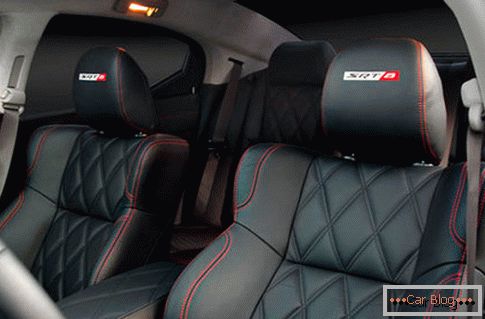
It remains only to summarize the discussion. The skin is more practical, durable, does not collect dust and does not expose you to the risk of allergies, wears less, it is easy to wipe and clean. In this case, the skin is more expensive than fabric, repairs will also cost more, and in winter you will have to wait for the seat to warm up or sit on a cold one.
Fabric is cheaper than skin, more hygienic due to its air permeability (which is most important for the passenger), and also vapor permeable (a decisive advantage over skin). The disadvantages include hygroscopicity, the ability to absorb moisture (which creates discomfort for the passenger), the fabric accumulates dust, electrifies and accumulates static electricity. Taking into account the whole complex of properties of the two compared materials, I prefer the fabric. What would you prefer?



